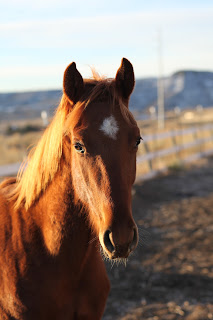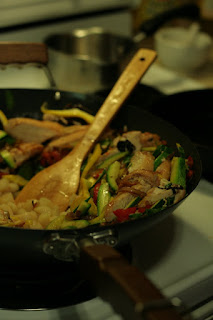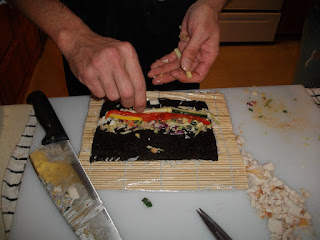Casseroles-Recipes-Seafood
(Short Ribs with Chipotle/Roasted Garlic BBQ, Roasted Garlic Potato Puree and Summer Vegetable Cheddar Casserole)
Being a child of the sixties, a point in history that was well known for the housewives in America feeding their families casseroles of some sort or another, especially when you come from a family as large as mine (9 siblings), I have had my fair share of casseroles.
Not a big fan of casseroles since those days at home, but I find myself often making them in the real kitchen; who doesn’t love a potato dauphinoise or au gratin??
Here are a couple of the recipes that I really enjoy, stay tuned there is a lot more to come…
The first one is from Sonia Martinez. Sonia is an accomplished cooking instructor, food writer, consultant etc…she so rocks…this recipe I got from her quite a while ago for a Shrimp Casserole,
“Casserola de Camarones Enchilados”
2 cups shrimp, cooked and peeled
2 cups crushed canned tomatoes
1 onion, minced
1 green pepper, chopped
1 garlic clove, pressed
2 Tbsp butter
Salt and pepper to taste
2 cups cooked white rice
Saute the onion, garlic and green pepper in the butter. Add the shrimp, salt and pepper. Stir in the canned tomatoes. Add the cooked rice. Place in casserole dish and bake at 375oF for 30 minutes
Pretty straightforward isn't it? Not only is this dish quick and simple it has a very neutral and great flavor so it gives you a lot of room to play and add things to this dish…mushrooms, chipotles, roasted vegetables, different types of rice, utilizing herbs and spices, blah, blah, blah…is a great dish….Thanks Sonia....
So staying along the seafood thought process…
I don’t know where I stole this recipe from, maybe it was Chef Roy but I’ve had it forever, and have made it a bunch but I know that I didn't invent this one. I always substitute the first couple steps with using fresh seafood instead, this really is an awesome dish and makes for a good special when you are trying to move product.
Seafood au gratin
"Fruits de mer au gratin"
1 pound frozen cod filets, cut in 1/2 inch cubes
1 pound pre-cooked mixed frozen seafood
2 tablespoons butter
1 leek, cleaned and sliced in rounds
8 ounces sliced mushrooms
2 tablespoons flour
1/2 cup white wine
1 1/4 cup milk
1/4 cup heavy cream
1 tablespoon chopped fresh parsley
pinch of cayenne
1/4 teaspoon each salt and pepper
2 tablespoons parmesan cheese
2 tablespoons very fine dry bread crumbs
Bring a large pot of water to simmer and add the cubed cod. Simmer just until done (this should only take two or three minutes). Add the frozen seafood and simmer just until thawed (about 1 minute). Remove from heat and drain immediately.
Melt the two tablespoons of butter in a Dutch oven or sturdy pot on medium heat. Add the leeks and the mushrooms and cook stirring occasionally until the mushrooms are soft (about 8 minutes). Sprinkle with the 2 tablespoons of flour and cook, stirring for one minute to thoroughly coat the vegetables with flour.
Pour on the white wine and stir well to combine. Then mix in the milk and cream. Heat until thick and just below the boiling point, stirring occasionally. Turn off the heat and add the parsley, cayenne, and salt and pepper to taste. Stir in the seafood mixture.
Pour the mix into a 9X13 inch buttered baking dish. Mix together the parmesan cheese and the bread crumbs and sprinkle this evenly on top of the casserole. Bake for 20 minutes at 350°F. Serve your seafood casserole piping hot with rice.
Another very neutral dish that gives you room to play...the possibilities are endless...
Well, standby I have more coming including my process and a story about Chicken Etouffee, and of course the inevitable potato...

















































